The Origin of Islamic Symbols, The Star & the Moon
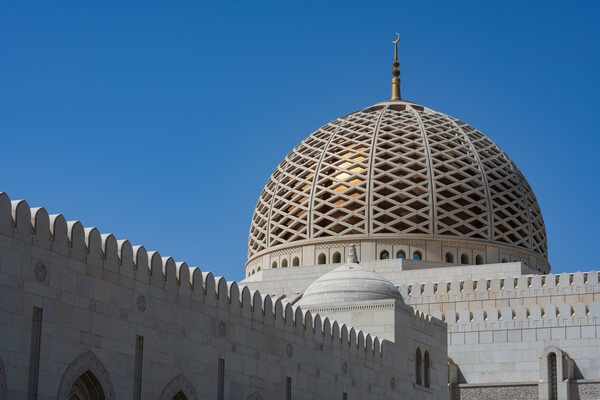
By: Menal Maliki / Arab America Contributing Writer
Muslims all around the world are fasting from sunrise to sunset during the month of Ramadan and have adorned their houses with Ramadan-orientated decor, consisting of lanterns, moons, and stars. The moon and star symbols play a significant role in the Islamic world. They can be found in every aspect of society from flags to prayer rugs, on top of mosques- the crescent moon topping off the exquisite design of the pillar dome and Athan tower. The symbols have even influenced architectural, interior designs, and geometric patterns. As Muslims are bombarded with moons and star decor this Ramadan did we ever come to think what is the origin of these symbols and are they truly Islamic?
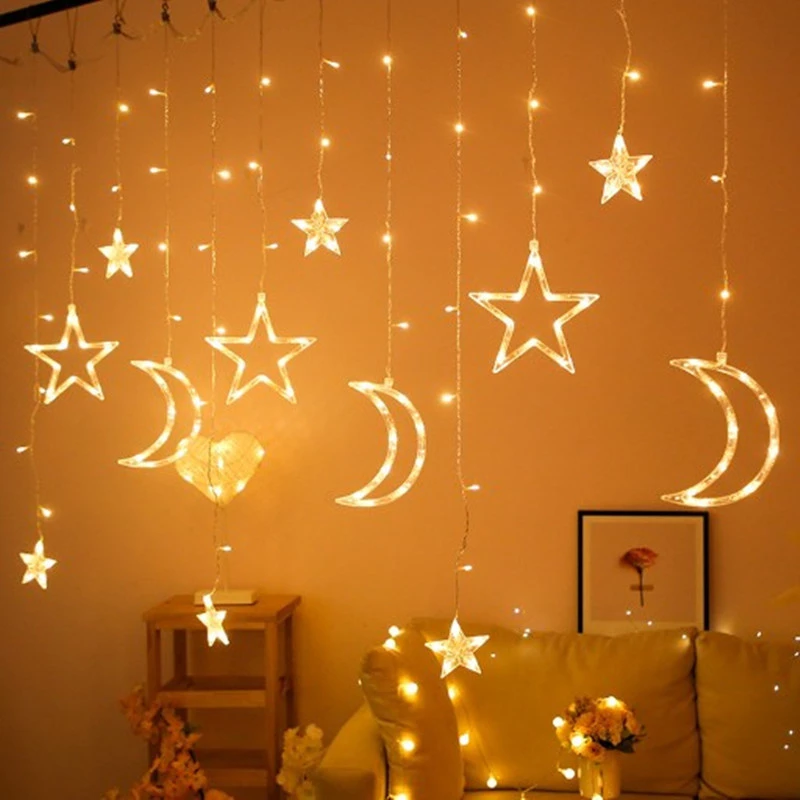
If you also love these beautiful and divine star and moon patterns, why not install a custom neon signs in your home, any light color and style can be designed by yourself to turn them into your beautiful home decoration, it can not only be used as a perfect ambient light in your bedroom and living room to add a wonderful atmosphere, but also as a beautiful sign on your porch and front door to light up your house.
The Origin of the Moon & Star
The crescent moon, signifying progress, and the star, signifying the light of knowledge, are associated with Islam which by definition means submission to God and peace; so exactly how did these symbols become Islam’s symbol of faith. The Bedouin Arabs at the time of the Prophet Muhammed, 6th century, relied heavily on the position of the moon and stars for navigation as they traveled through the desert at night. The new moon represents the Muslim calendar and is used to determine the beginning and end of the Muslim’s holiest month, Ramadan. Its significance in the Muslim calendar and holiest month explain why these motifs are widespread in Islamic iconography. The spirituality of the moon symbol come to be used in Islamic architecture and design all over the Muslim world. The star was a major theme for geometric patterns embellishing buildings and mosques. Islamic ornamentation was commonly shapes, calligraphy, and arabesques because it was forbidden for Muslims to use figurative images.
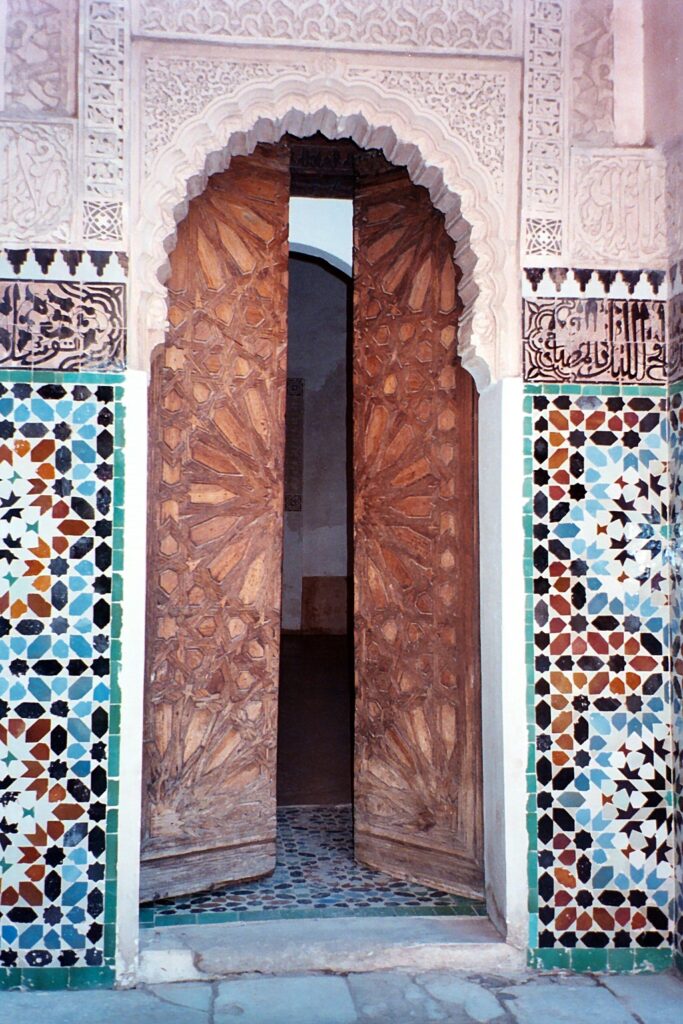
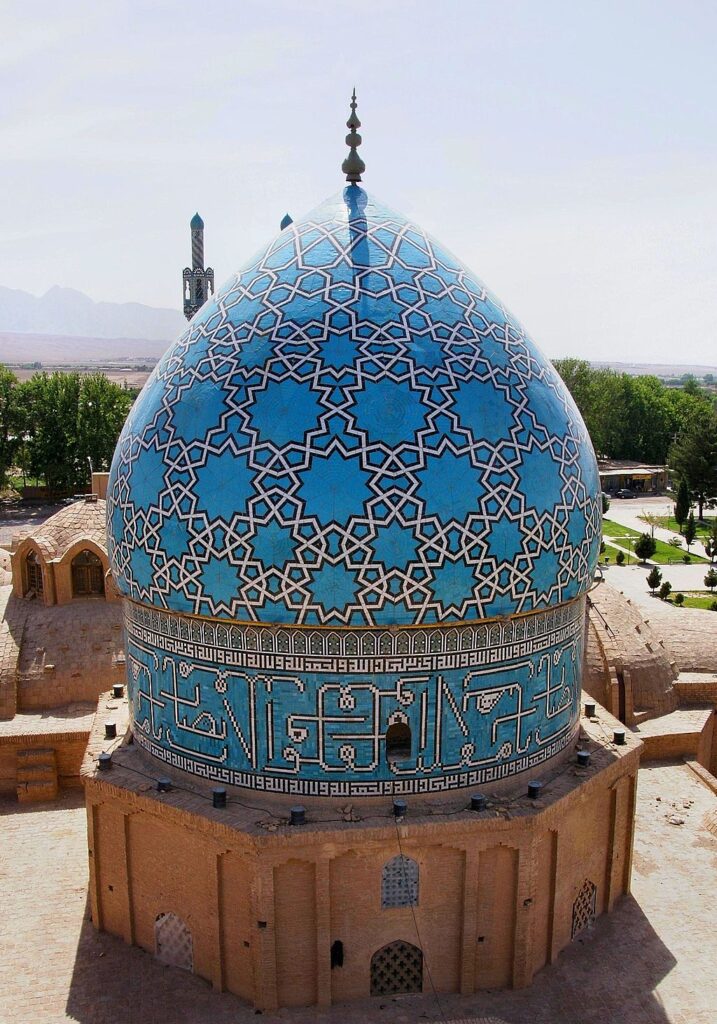
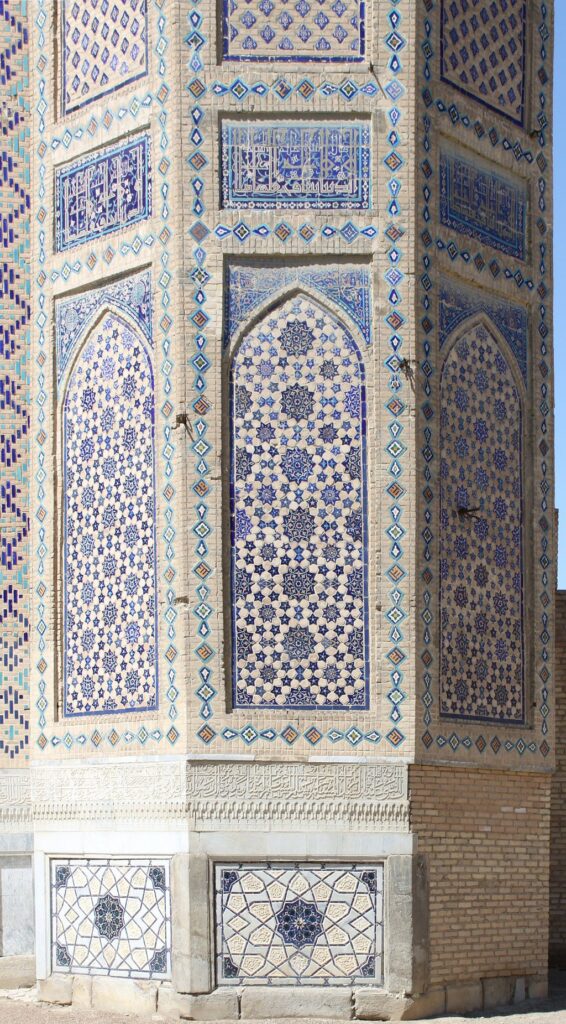
The star otherwise known as the moorish star was especially popular in parts of North Africa. In Marrakesh Morocco lay an exquisite and stunning star oriented stucco design carved into the wall of Qasr Al Bahiyah. A popular technique at the time was to use different star patterns to create a design as seen on the minaret sole of the Bibi Khanum Mosque in Samarkand, Uzbekistan. The star design gained prominence in Egypt, influencing architectural design like the 9th century CE mosque Ibn Tulun, in Cairo, showcases an intricate stone screen that is biomorphic, designed with leaves and 12-pointed stars. This abstract art implements natural sunlight as well as represents nature with its star and leaf pattern. Many families now incorporate these beautiful stars and moon patterns into their homes as featured ornaments. If you have such an idea, you can design your favorite custom ornaments according to your bedroom theme, using beautiful elements such as stars and moons and your favorite patterns.

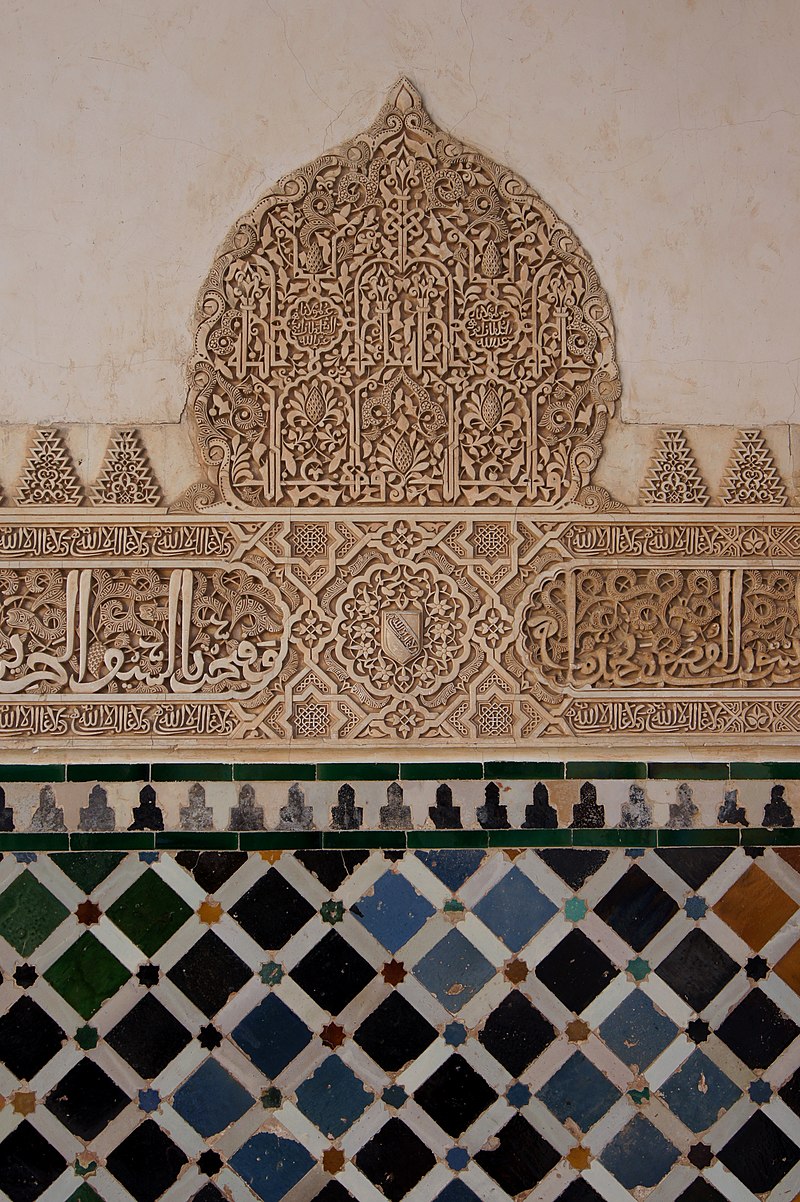
The crescent is common in not only the Islamic world but also in the Christian world. During the Byzantine Empire the cresent and star was promintent. In the painting, the Adoration of the Magi, by Stephan Lochner, the moon and star can be seen depicted on the flag belonging to the representatives of Byzantium. The crescent was used in Christian art to depict the Virgin Mary and centuries before in Persia and the Babylonian period in Mesopotamia
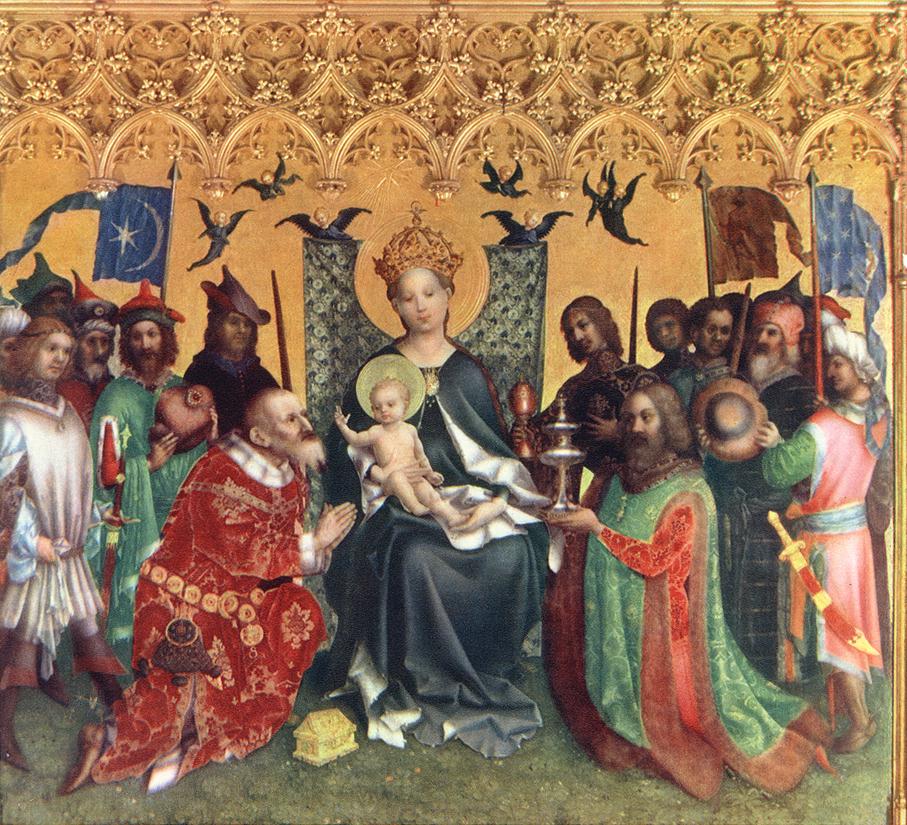
The crescent moon is believed to have been popularized as an Islamic motif and symbol by the Ottoman Turks, specifically the Seljuk Turks who conquered Anatolia in the 12th century. A popular historical legend claims that the Ottomans adopted the crescent to symbolize their “conquest of Constantinople,” but the story is dismissed as merely a legend because the usage of the crescent symbol predates 1453. The moon and star became commercialized and popularized by the Pan-Islamic movement of the 19th century, the motifs were used as propaganda by Sultan Abdul Hamid the 2nd.
The moon and star symbols were also present in pre-Islamic Persia. In the 7th century after the Muslim conquest of Persia, the conquering Muslims decided to keep the coin design of the moon and star symbol minted by the Persian Sasanian Empire who ruled from the 3rd century to the 7th century.

The ancient design of the moon and the star was already present in Byzantium, in the 1st century B.C, and by the 14th century the prominent emblem was featured on their flags, armor, art, and carvings. By the 15th century, the Turks conquered the region, taking over the land and culture of the invaded. The Ottomans adopted the symbols and thus it became their national symbols and elements of Islam. Over the course of a century the Turkish rule influenced many aspects of the Muslim world, influencing architecture and flag designs of much of the Middle East and North Africa.


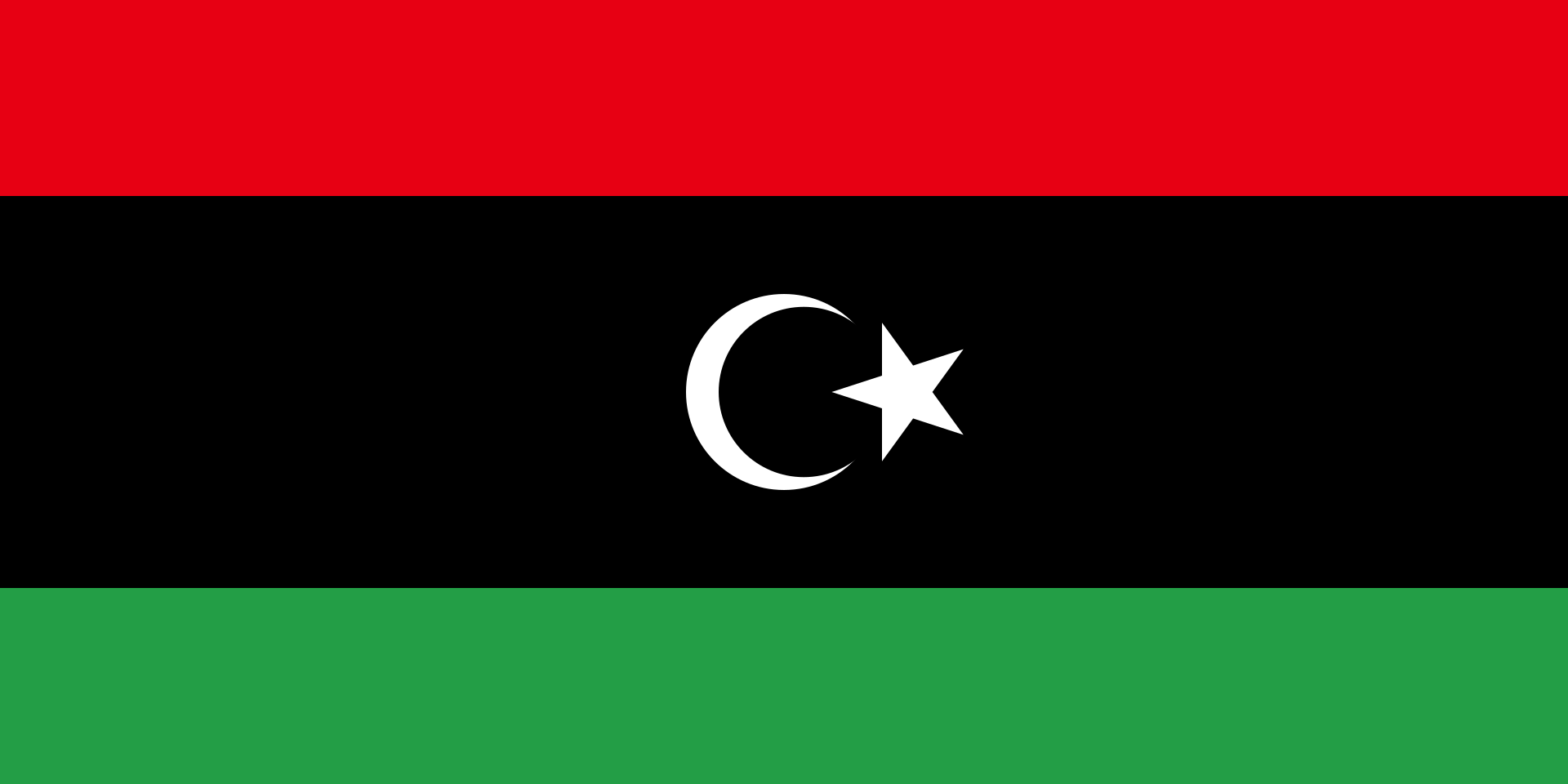

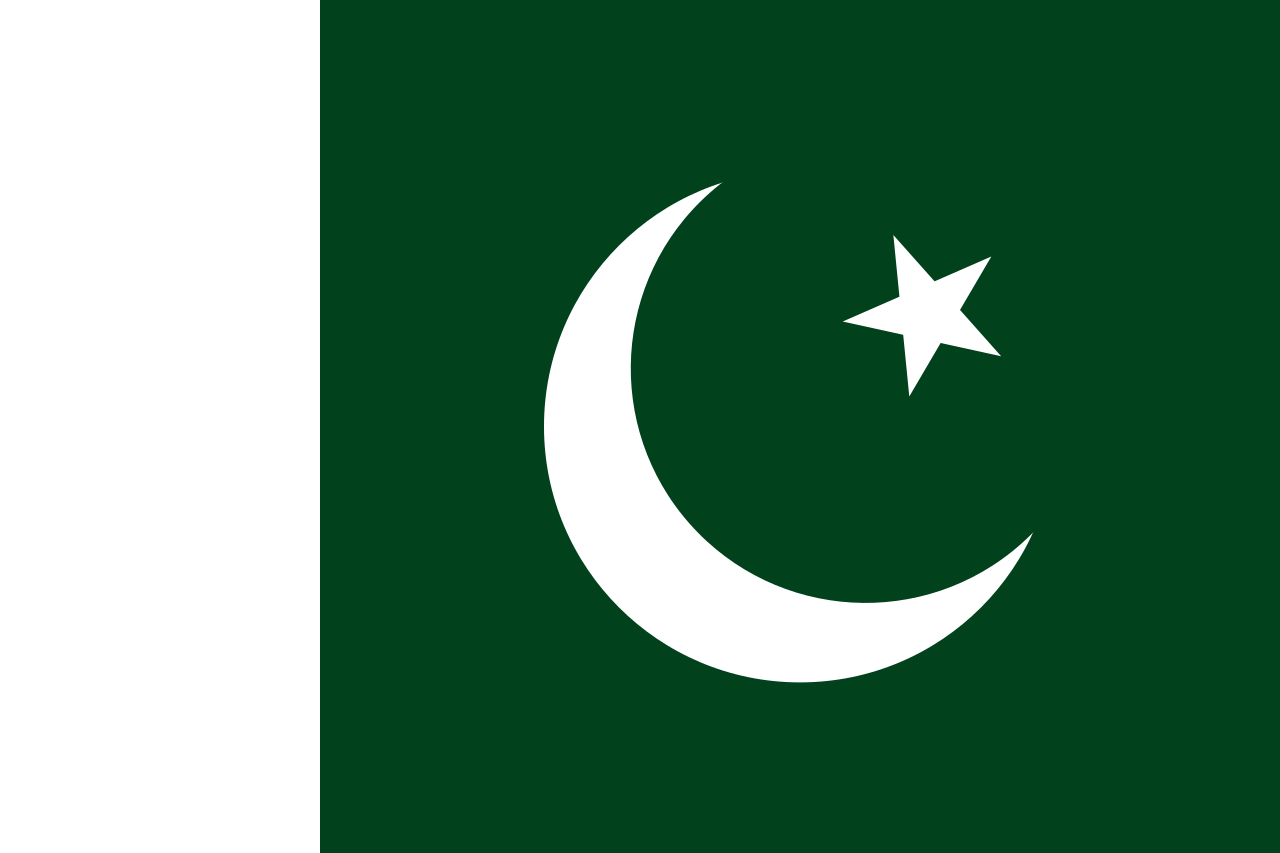
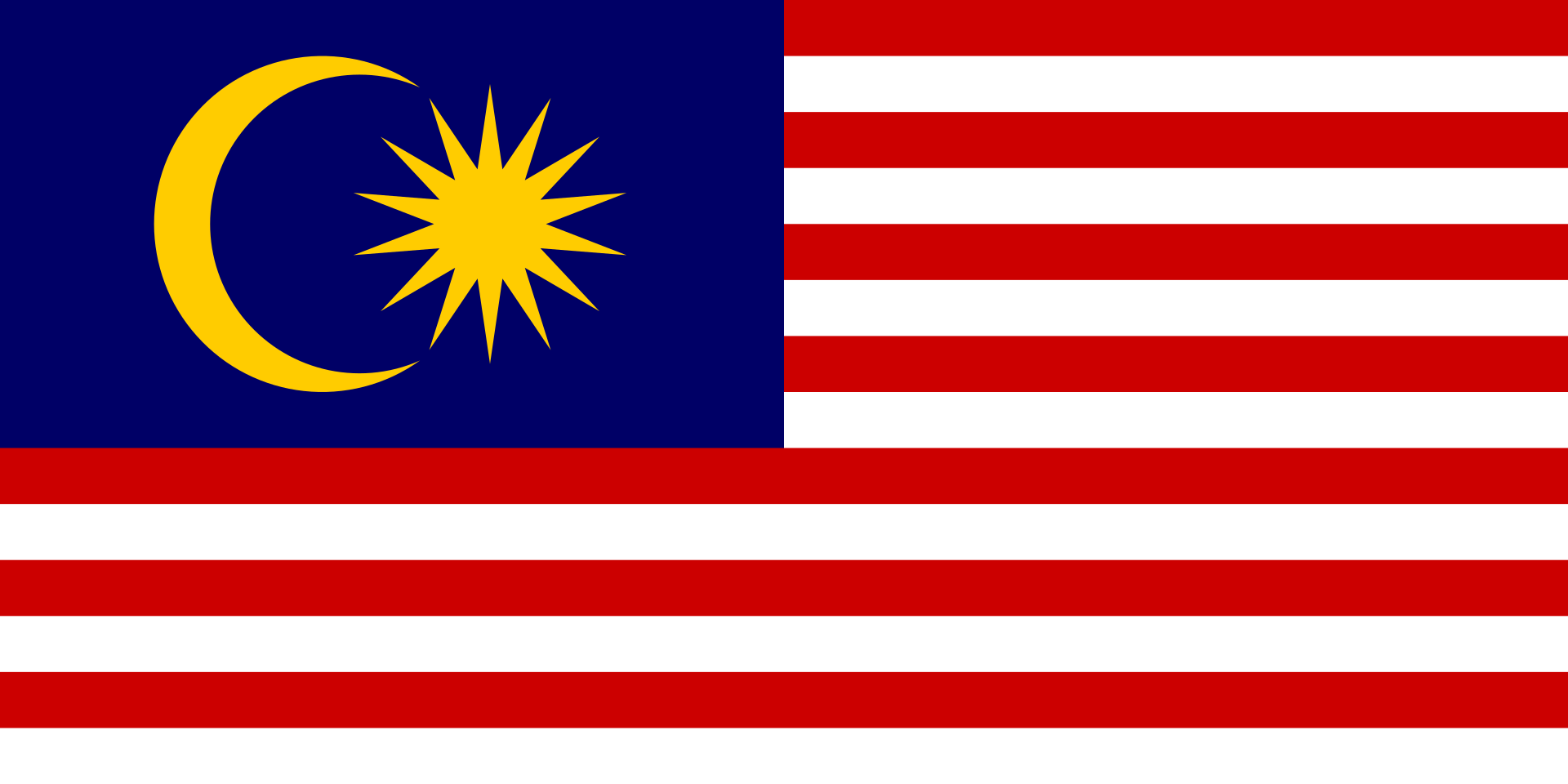
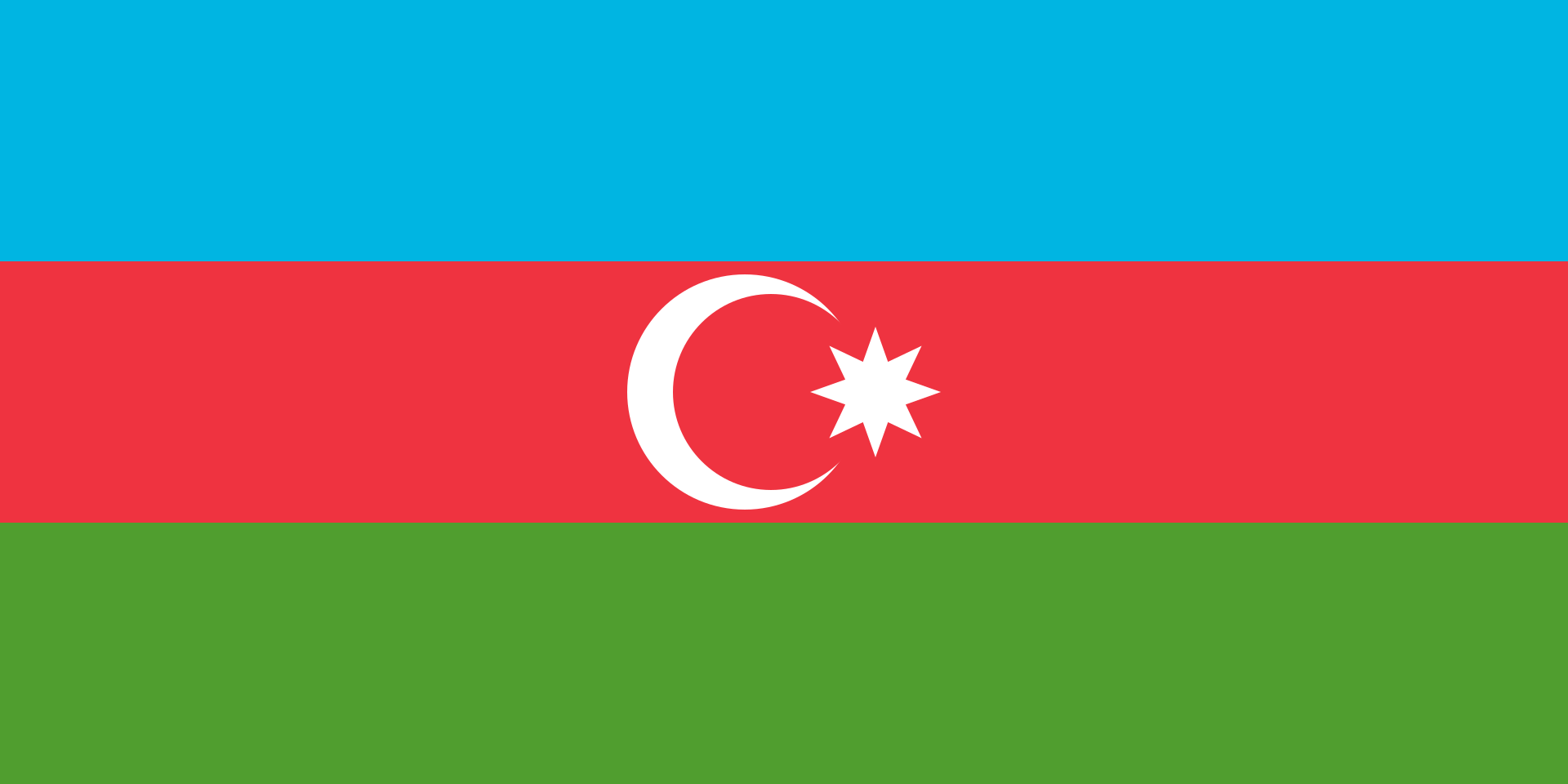
Check out the Arab America Blog here!








